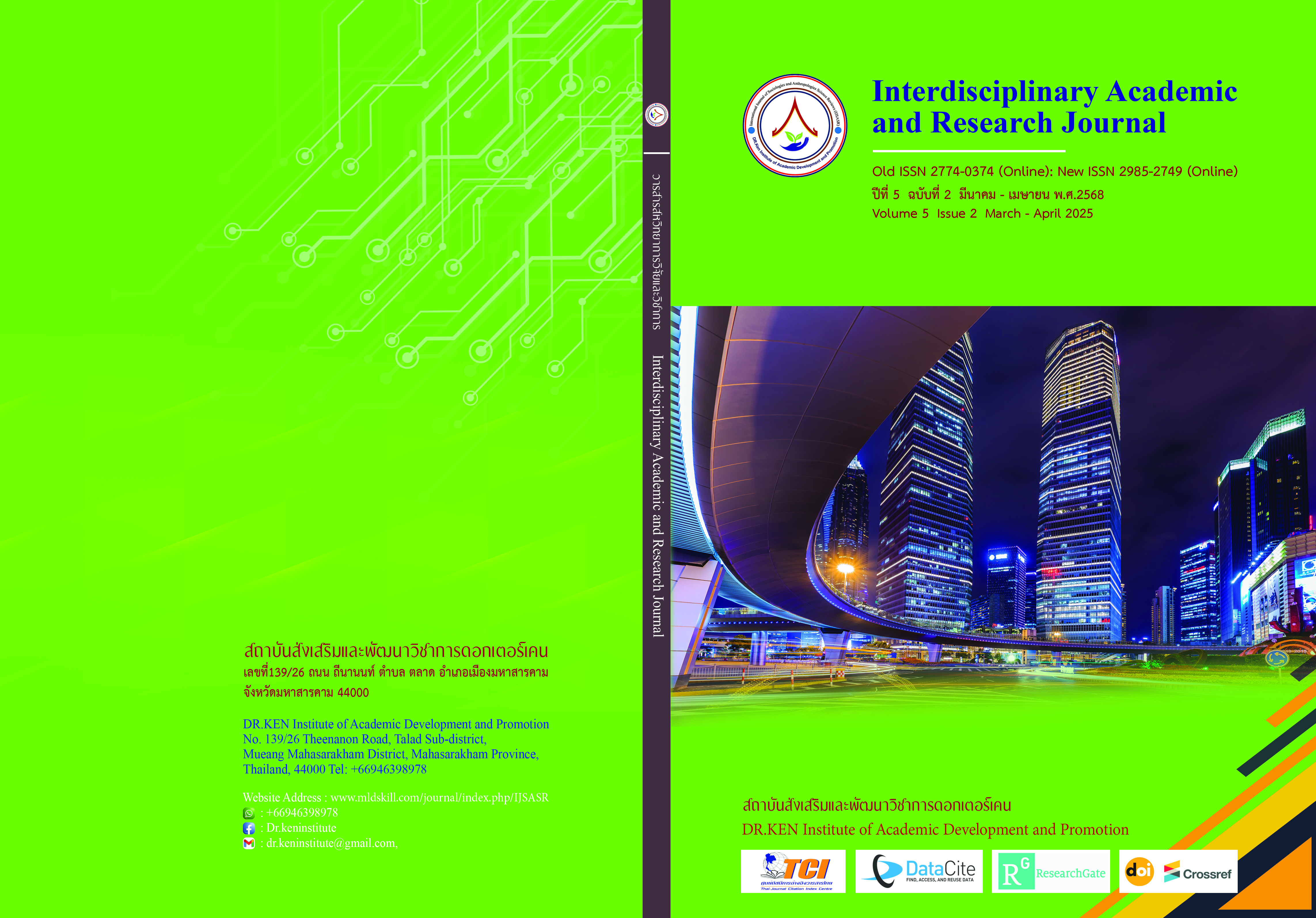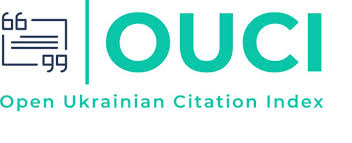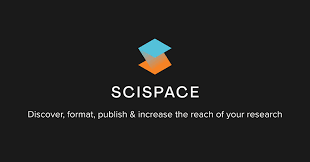Participatory Action Research in the Development of Personalized Learning Pathway Curriculum Implementing Model to Enhance Life Skills and Career Skills for High School Students of Pathumthani and Sakeaw Provinces
DOI:
https://doi.org/10.60027/iarj.2025.272622Keywords:
Participatory Action Research, Personalized Learning Pathway, Curriculum Implementing Model, Life Skills and Career SkillsAbstract
Background and Aims: This research was participatory action research in the development of a personalized learning pathway curriculum implementing a model to enhance life skills and career skills for high school students in Pathumthani and Sakeaw Provinces. The research objectives were: 1) to develop a personalized learning pathway curriculum implementing the model to enhance life skills and career skills for high school students in Pathumthani and Sakeaw Provinces, and 2) to compare the life skills and career skills of high school students before and after learning according to the personalized learning pathway curriculum implementing the model to enhance life skills and career skills for high school students of Pathumthani and Sakeaw Provinces.
Methodology: This research follows the research and development method. The population was Mathayom 4 students in educational institutions located in the area where Valaya Alongkorn Rajabhat University, under the Royal Patronage, is located. There are 2 provinces: Pathum Thani Province, namely Valaya Alongkorn Rajabhat University under Royal Patronage Demonstration School, 259 students, and Sa Kaeo Province, which was Sa Kaeo School under the jurisdiction of the Sa Kaeo Secondary Educational Service Area Office, there were 495 students; the total population was 754 students. The sample was 80 students, which was derived by multi-stage random sampling. The research instruments used in the research include interviews with a consistency value equal to 1.00 for every item, and an evaluation form of life skills and career skills with a reliability of 0.84. Data were analyzed by using descriptive statistics, including frequency, percentage, mean, and standard deviation.
Results: The research results found that: 1) The results of the development of a personalized learning pathway curriculum implementing the model to enhance life skills and career skills for high school students of Pathumthani and Sakeaw Provinces had 6 components: (1) Principles, (2) Objectives, (3) Model process, (4) Measurement and evaluation, (5) Supporting factors, and (6) Important conditions for using the model. The results of the quality assessment were at a high level. 2) The results of comparing life skills and career skills of high school students before and after learning according to the personalized learning pathway curriculum implementing the model to enhance life skills and career skills for high school students of Pathumthani and Sakeaw Provinces, overall, the mean results of the assessment after studying were higher than the mean results of the assessment before using the model. The result after using the model was at the highest level, and the result before was at a high level. The average result after using the model increased from 0.08 before, equivalent to 1.78 percent.
Conclusion: The knowledge gained from this research is are personalized learning pathway curriculum implementing model to enhance life skills and career skills for high school students of Pathumthani and Sakeaw Provinces, with 6 components that can enhance life skills and career skills for high school students in Pathumthani and Sakeaw Provinces.
References
ปนัดดา นกแก้ว. (2562). ทักษะชีวิตและทักษะอาชีพในศตวรรษที่ 21 ของนักเรียนระดับชั้นมัธยมศึกษาปีที่ 3 จังหวัดสมุทรปราการ. ปริญญาศึกษาศาสตรมหาบัณฑิต สาขาวิชาการบริหารการศึกษา คณะครุศาสตร์อุตสาหกรรม มหาวิทยาลัยเทคโนโลยีราชมงคลธัญบุรี.
แผนพัฒนาเศรษฐกิจและสังคมแห่งชาติ ฉบับที่ 13 (พ.ศ. 2566 - 2570). (2565, 1 พฤศจิกายน). ราชกิจจานุเบกษา. เล่ม 139 (ตอนพิเศษ 258 ง), หน้า 1.
ระพีพัฒน์ หาญโสภา และคณะ. (2563). การจัดการเรียนรู้ในศตวรรษที่ 21: ทฤษฎีสู่การปฏิบัติ. วารสารวิชาการธรรมทัศน์, 20(2), 163-172.
วรนุช แสนพิช. (2557). การจัดการเรียนรู้แบบแบ่งกลุ่มตามความสามารถของผู้เรียนเพื่อพัฒนาการเรียนรู้. วารสารครุศาสตร์, 45(1), 88-98.
สาลินี อุดมผล และมาเรียม นิลพันธ์. (2560). การพัฒนาหลักสูตรบูรณาการอาชีพเพื่อส่งเสริมทักษะการแก้ปัญหาอย่างสร้างสรรค์ และคุณลักษณะด้านอาชีพ สำหรับนักเรียนระดับมัธยมศึกษาตอนต้น. วารสารศิลปากรศึกษาศาสตร์วิจัย, 9(1), 116-128.
สำนักงานเลขาธิการสภาการศึกษา. (2560). แผนการศึกษาแห่งชาติ พ.ศ. 2560-2579. กรุงเทพฯ: พริกหวานกราฟฟิค.
สุมาลี ชัยเจริญ. (2562). การเรียนรู้ส่วนบุคคล: การพัฒนาผู้เรียนในศตวรรษที่ 21. วารสารการวิจัยทางการศึกษา, 11(2), 1-15.
Best, J. W. (1984). Research in Education. New Jersey: Prentice Hall.
Black, P., & Wiliam, D. (1998). Assessment and Classroom Learning. Assessment in Education: Principles, Policy & Practice, 5(1), 7-74.
Partnership for 21st Century Skills. (2009). P21 Framework Definitions. Washington, DC: P21.
Downloads
Published
How to Cite
Issue
Section
License
Copyright (c) 2025 Interdisciplinary Academic and Research Journal

This work is licensed under a Creative Commons Attribution-NonCommercial-NoDerivatives 4.0 International License.
Copyright on any article in the Interdisciplinary Academic and Research Journal is retained by the author(s) under the under the Creative Commons Attribution-NonCommercial-NoDerivatives 4.0 International License. Permission to use text, content, images, etc. of publication. Any user to read, download, copy, distribute, print, search, or link to the full texts of articles, crawl them for indexing, pass them as data to software, or use them for any other lawful purpose. But do not use it for commercial use or with the intent to benefit any business.
















.png)


